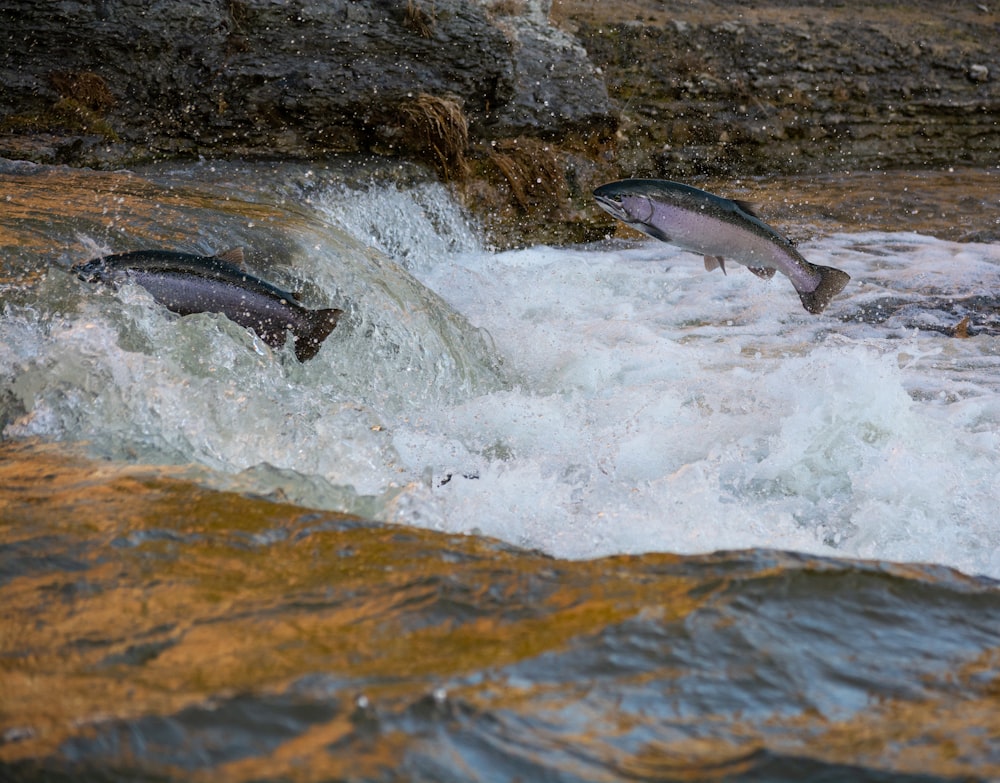#8 Parting With Pyrotechnics & Salmon Spawning
Morning Jo(ke)
“Clean coal is a bit like wearing a porous condom - at least the intention was there.”
- Robin Williams
Greening Pastures
Fireworks have long been used by cultures across the globe as a wondrous exhibit of power and beauty. Celebrations like Diwali, Chinese New Year, and the USA's Independence Day have become synonymous with jaw-dropping displays, but now the world is starting to take a step away from the nearly 2,000 year-old tradition.
A cowering pooch under your kitchen table is far from the worst fireworks can do. During major holidays, sudden and severe short-term air pollution frequently cloud cities for hours on end. A 2006 study of air pollution during the lantern day festival in Beijing found a spike in fine particulate matter that was six times higher than a normal day.
While pollution contributed by fireworks is still a fraction of what the fossil fuel industry’s is, it can have severe consequences for individuals with pre-existing conditions like asthma and heart disease.
Worse still is the physical danger fireworks pose. According to the National Fire Protection Association in the U.S., 19,500 fires were started by fireworks in 2018, causing over $105 million in property damages. With droughts worsening due to climate change, many governments have almost entirely done away with pyrotechnics. Places with more arid climates like California, Australia, and Chile have largely prohibited the use of fireworks, though there are exceptions for professional displays.
However, many people are understandably having a difficult time leaving behind something of such cultural importance. Thankfully, they won’t need to anymore.
In an incredible feat, art has answered the calls of science and society. The Dutch design lab “Studio Roosegaarde” has created a marvelous alternative that resembles a traditional firework display. Their project called SPARK Bilbao illuminates the sky in a stunning cross between confetti and fireflies.
While the scientific details of the material are not released due to intellectual property rights, the studio claims SPARK Bilbao is a 75,000 square meter, biodegradable, and silent display.
Roosengaarde will present the show to the world for the first time at the Wellbeing Summit for Social Change in May of this year and will be exhibited from June 1-3 in Bilbao-Biscay, Spain. Afterwards, SPARK Bilbao will be available for communities to use as a safe firework alternative.
Budding Hope
In the cold waters of the North Pacific Ocean, coho salmon are hailed as the backbone of fisheries due to their significance as a market and game fish. This species is also of great significance for many indigenous peoples as a staple in their diet and a symbol of sustenance and life. However, the species has steadily dwindled over the past century due to habitat loss, worsening water quality, and climate change. Today, four of the seven known populations are considered either endangered or threatened. In 1969, the Central California population was officially listed as endangered after a decline starting in the 1940’s. Despite this, they are still one of the strongest remaining populations in California and a key player in the salmon’s potential recovery.
The Central California population first saw a notable decline after a dam on Geronimo Creek in Marin County, CA was built nearly 100 years ago. The dam was erected to hold water for cattle, but in doing so, the salmon were barricaded from one of their important breeding passages.
That was, until the dam was demolished in 2021 thanks to a great effort by local, state, and national agencies with the goal of providing habitat to endangered salmon species (dubbed the “Roy’s Pools Fish Passage and Floodplain Restoration Project”). With the dam removed, the salmon now have access to all 250 feet of their former spawning routes.
2021 was twice lucky for the Central California salmon population, though. October through December brought more rain to California than the previous twelve months combined, coinciding perfectly with the salmon’s spawning season (November through January). This rush of water allowed them to reach tributaries thirteen miles inland. The coho salmon were also spotted a mile upstream of the former dam on Geronimo Creek just months prior.
While the rain may be a temporary reprieve from California’s record-long drought, this is a promising start to the recovery of the Central California coho salmon population. With access to these smaller bodies of water (of which coho salmon prefer) to lay eggs and hatch, the juvenile fish have a higher chance of survival, creating more opportunities for the hopeful recovery of such a culturally and economically valuable species.
Feeling Inspired?
Next time you go to the grocery store and happen to forget your reusable bag (that I’m sure you always bring), I highly recommend you choose the self-checkout line. When a worker is packing your items, they use an astounding amount of bags, sometimes using an entire bag for a single item. By choosing the self-checkout, you can pack your bag up with as much as it can fit, thereby reducing the number of bags you’re using.
Only have a few items? Don’t use a bag at all. You don’t need a one if you can carry it yourself.
Branch Out
Demiak is a Dutch painter in The Hague whose work often explores the relationship between nature and industry. One of his more well-known works is a series of staged photographs called “The Deepwater Horizon”, inspired by the oil spill.
Below is a recent painting (currently untitled) of his that I recently came across that I found delightfully stirring:





